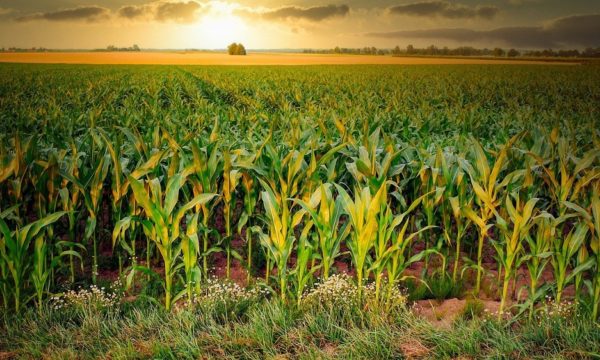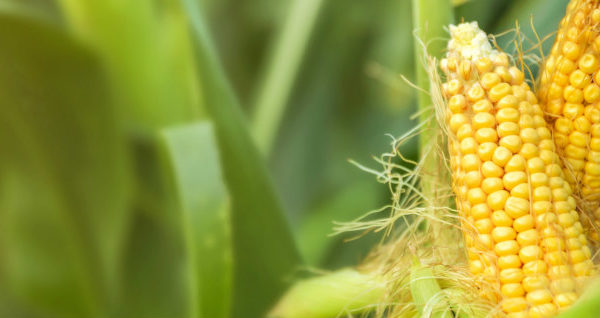
Discarded plastic waste. Image credit: Ben_Kerckx via Pixabay
World Environment Day, held annually on 5th June, is considered to be the UN’s most important day for promoting global awareness and action to protect the environment. This year’s theme is one that shines a spotlight on what has become a particularly hot topic over the last year – plastic pollution. Coincidentally, it was also the theme of this year’s Earth Day and will be the focus of World Oceans Day on June 8 and all for good reason.
Last year, US researchers published the first global analysis of all mass-produced plastics. It had found that between 1950-2015, humans had produced 8.3 billion tonnes of the material, with the majority ending up in the oceans or landfill. In 2014 alone, more than 311 million tonnes of plastic was made and it is expected that by 2050, this will rise to 33 billion tonnes per year. The largest market for plastics is packaging, most of which is used once and then discarded.
To date, much of the focus of this pollution problem has centered on the oceans. It seems that, on almost a daily basis, we are confronted with a plethora of heartbreaking images of dead whales and dolphins, seabirds and seals that have mistaken plastic debris for food. According to a Plymouth University study, plastic debris affects around 700 marine species and it has even been recorded in the world’s deepest ocean trench. We are beginning to understand the scale of the marine plastic pollution problem, but what about that of the terrestrial environment?
It is estimated that one third of all plastic produced ends up in soils or freshwater bodies. However, research on the impact of plastic on land is still in its infancy and remains many years behind the marine environment. Most plastic breaks down into microplastics (defined as particles smaller than 5 millimetres) and eventually into nanoplastics (less than 0.1 micrometre in size). According to a recent study, terrestrial microplastic pollution is significantly higher than marine microplastic pollution, an estimated 4-23 times more, depending on the environment.
Sewage is an important factor in the distribution of microplastics on land. A study by Anderson Abel de Souza Machado et al (2017) found that up to 90 percent of the particles contained in the sewage were retained in the sludge. Sludge derived from municipal sewage sludge treatment plants is often applied to agricultural areas as a supplement to traditional fertilisers, which is how microplastics end up in the soil. While these applications tend to be well regulated, microplastics are not yet included in regulations for the use of sludge in agriculture.
Recent research suggests that microplastics may have a potentially toxic effect on organisms. For example, the surfaces of minute fragments of plastic could harbour disease-causing organisms and act as vectors that spread diseases in the environment. Microplastics can act as magnets for water-repelling organic and inorganic pollutants and can also interact with soil fauna, affecting the functions they perform.
A study published in 2016 found that when fed microplastic, earthworms grew at a slower rate and died earlier; another study found that ingesting microplastic resulted in gut inflammation in the worms. As well as these physiological changes, earthworms have been found to play a role in transporting microplastic fragments from the soil surface to deep underground. It is thought that this movement of microplastics could make the pollutants accessible to other organisms, although it has yet to be determined whether this would result in bioaccumulation along the soil food web.
While plastic is believed to cause harm to different types of organisms when ingested, there appeared to be an exception to this when last year, an accidental discovery was made by a scientist and an amateur beekeeper. According to the duo, wax moth larvae (Galleria mellonella), usually bred as fish bait, were found to digest polyethylene, the most common type of plastic. It was suggested that breeding large numbers of the waxworms and letting them loose on plastic waste could be worthwhile if the worms had an endless appetite for plastic bags, but in order to make a significant dent in the waste problem, the quantity needed would be huge. Since the study has been published however, there has been some scrutiny of the research and a counterstatement published by researchers at Johannes Gutenberg University Mainz.
There is currently a lack of a standardised method for determining microplastics in terrestrial ecosystems to provide an accurate assessment of the situation and it can often be a difficult and time-consuming process to detect these tiny fragments of plastic. It is clear that much more research is needed on the impact of microplastic pollution on terrestrial ecosystems, for the protection of our natural environment, but it does feel as though this area of research is gathering momentum. However, even in the absence of research, it makes sense to adopt a precautionary approach and minimise the amount of plastic we use on a daily basis as well as striving to make better, more eco-conscious decisions.
Further information on events and activities for World Environment Day can be found by visiting the WED website.
CABI’s Environmental Impact Database, available to subscribers, contains further information on global research relating to plastic pollution in both soils and freshwater.
References
Anderson Abel de Souza Machado et al, Microplastics as an emerging threat to terrestrial ecosystems, Global Change Biology (2017). DOI:10.1111/gcb.14020, dx.doi.org/10.1111/gcb.14020
Roland Geyer et al. Production, use, and fate of all plastics ever made. Science Advances, July 2017. DOI: 10.1126/sciadv.1700782
Huerta Lwanga et al. Microplastics in the terrestrial ecosystem: Implications for Lumbricus terrestris (Oligochaeta, Lumbricidae). Environmental Science Technology, 50:2685-91, 2016.
Rodriguez-Seijo et al. Histopathological and molecular effects of microplastics in Eisenia andrei Bouché. Environmental Pollution, 220A:495-503, 2017.
Weber, S. Pusch, T. Opatz, Polyethylene bio-degradation by caterpillars? Current Biology.27, 744-745, 07 August 2017. DOI:10.1016/j.cub.2017.07.004
Bombelli, Paolo et al. Polyethylene bio-degradation by caterpillars of the wax moth Galleria mellonella. Current Biology. 27:8. R292 – R293, 2017.
Gall SC, Thompson, RC. The impact of debris on marine life. Marine Pollution Bulletin. 92(1-2):170-179. 2015.
Useful links
FAO – Soil Pollution: A Hidden Reality
Report (Government Office for Science) – Future of the Sea: Plastic Pollution
Scottish Environment Protection Agency – Investigation into plastic in food waste derived digestate and soil
TED Talks on the topic of plastic
Twitter – #beatplasticpollution
Twitter – #WorldEnvironmentDay
United Nations Environment Programme – Single-use Plastics: A roadmap for Sustainability
WWF – A Plastic Future: Plastics Consumption and Waste Management in the UK
Related News & Blogs
Transforming agriculture with drones: empowering youths for a sustainable future
On this UN World Youth Skills Day 2023 (Saturday, 15 July), we celebrate the transformative power of skill development in shaping the lives of young individuals and creating a brighter future, writes Violet Ochieng’ – winner of the Carol Ellison Scienc…
14 July 2023




